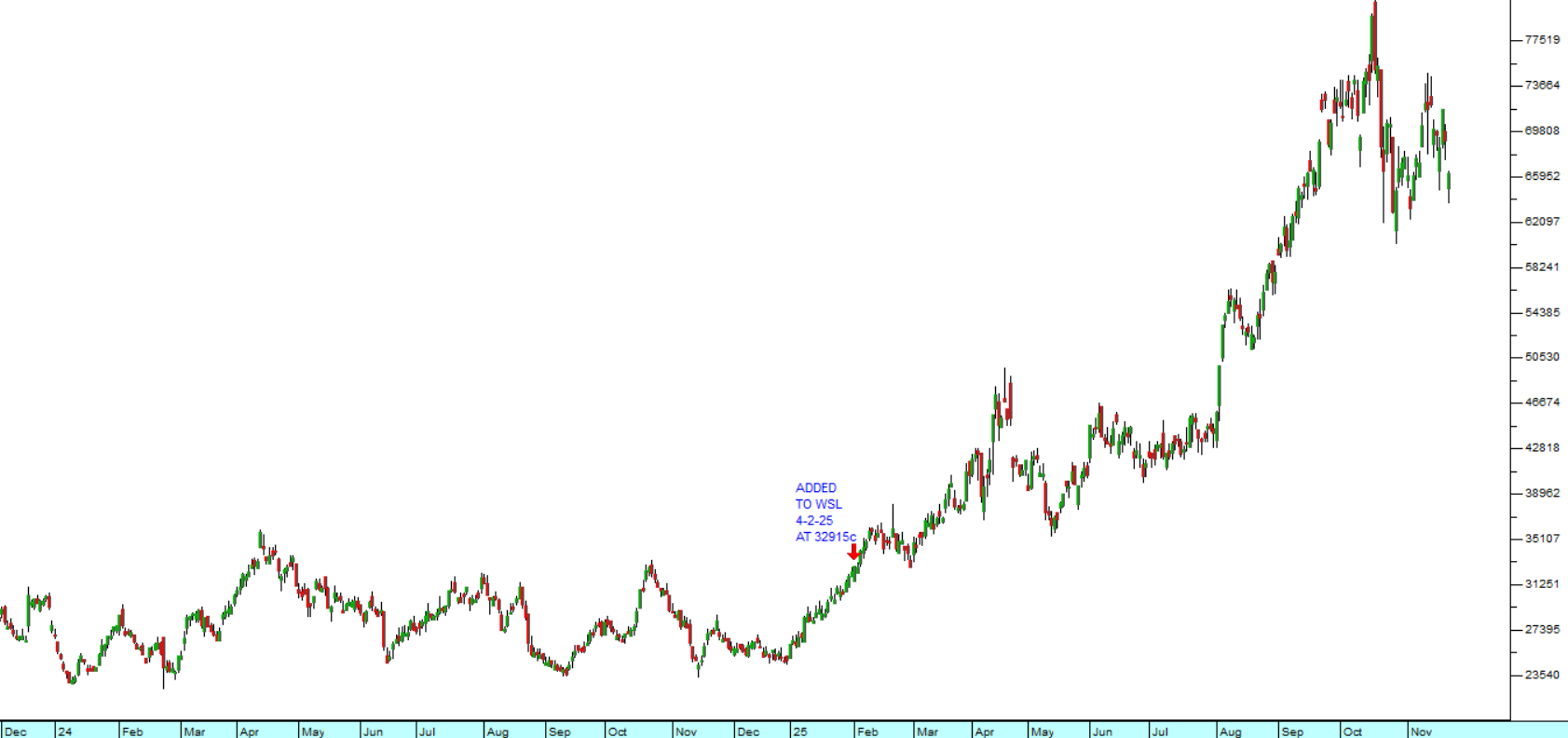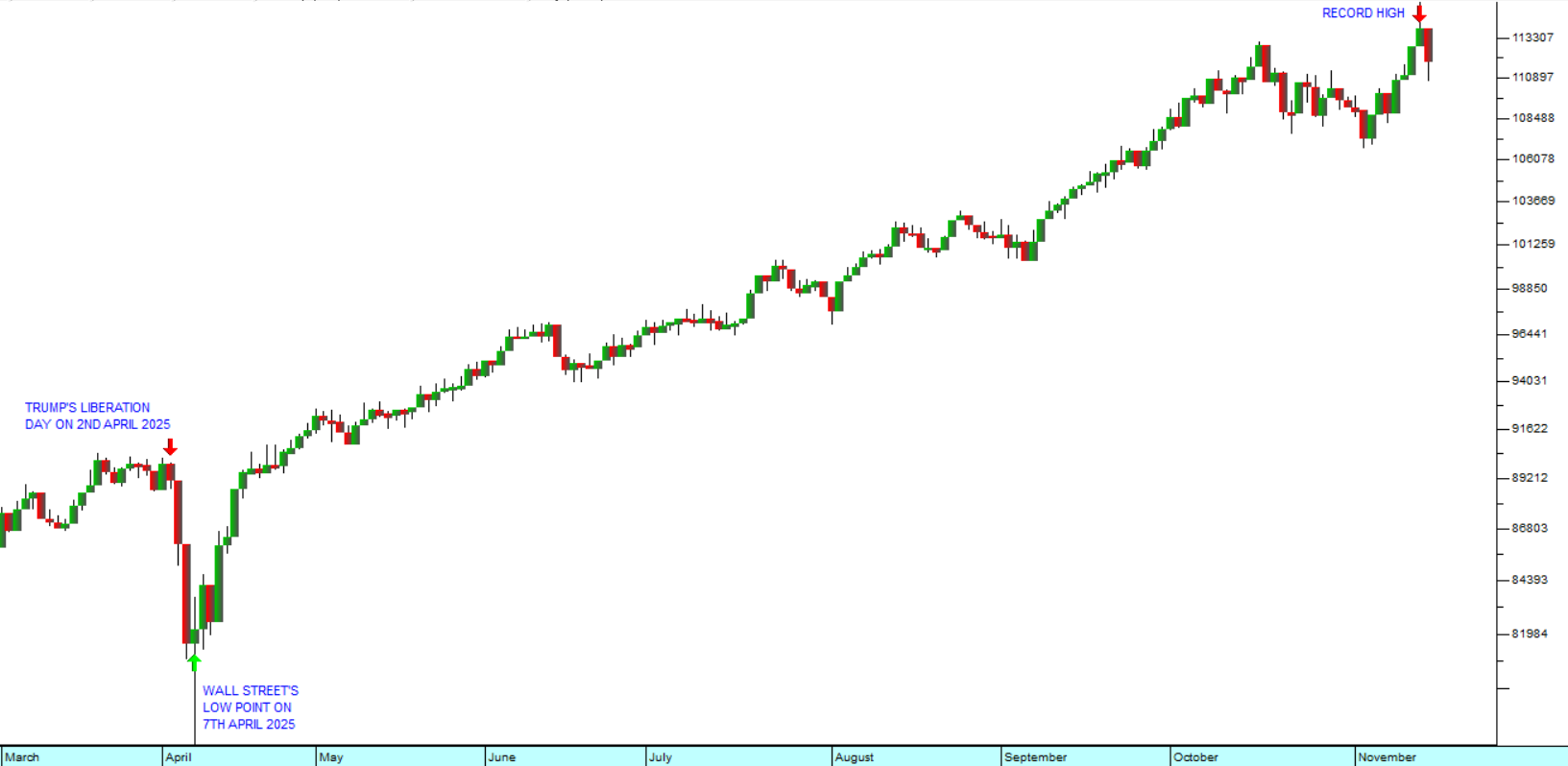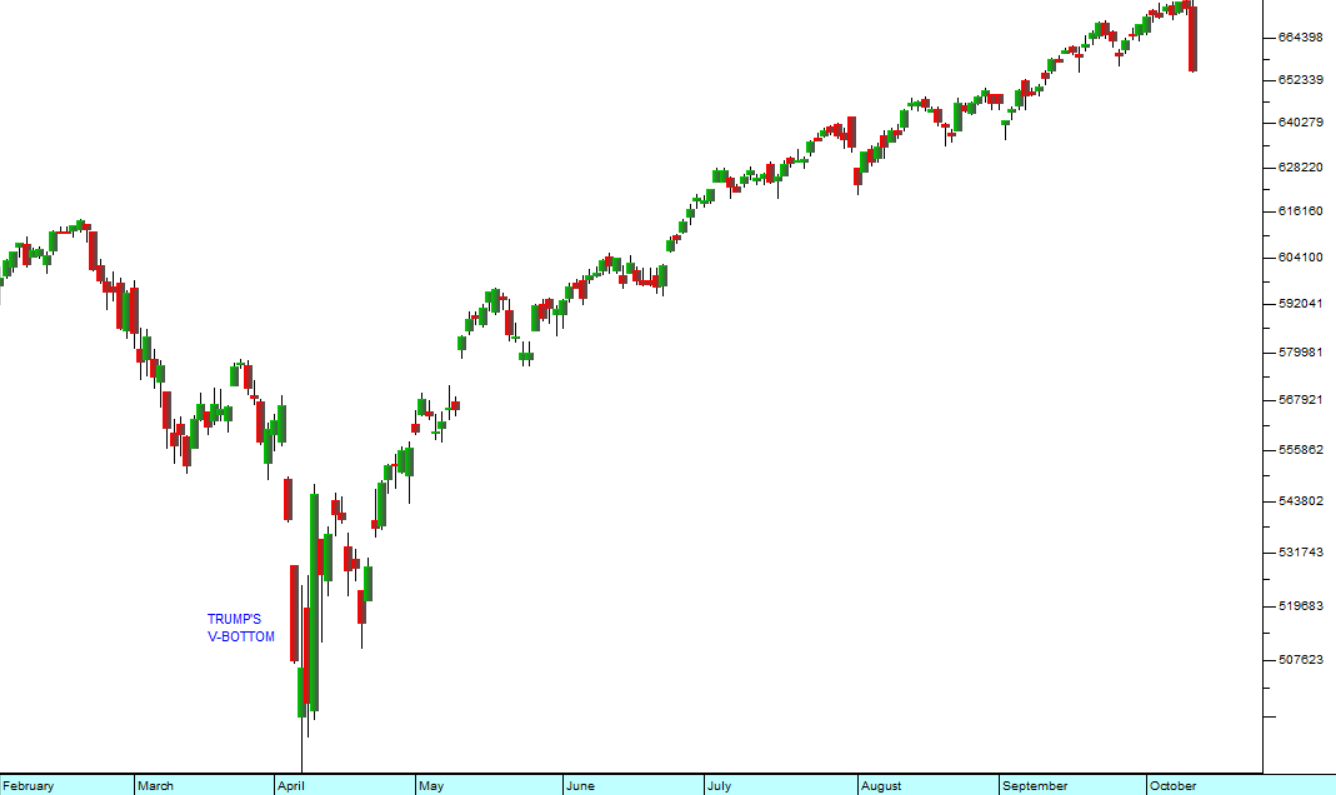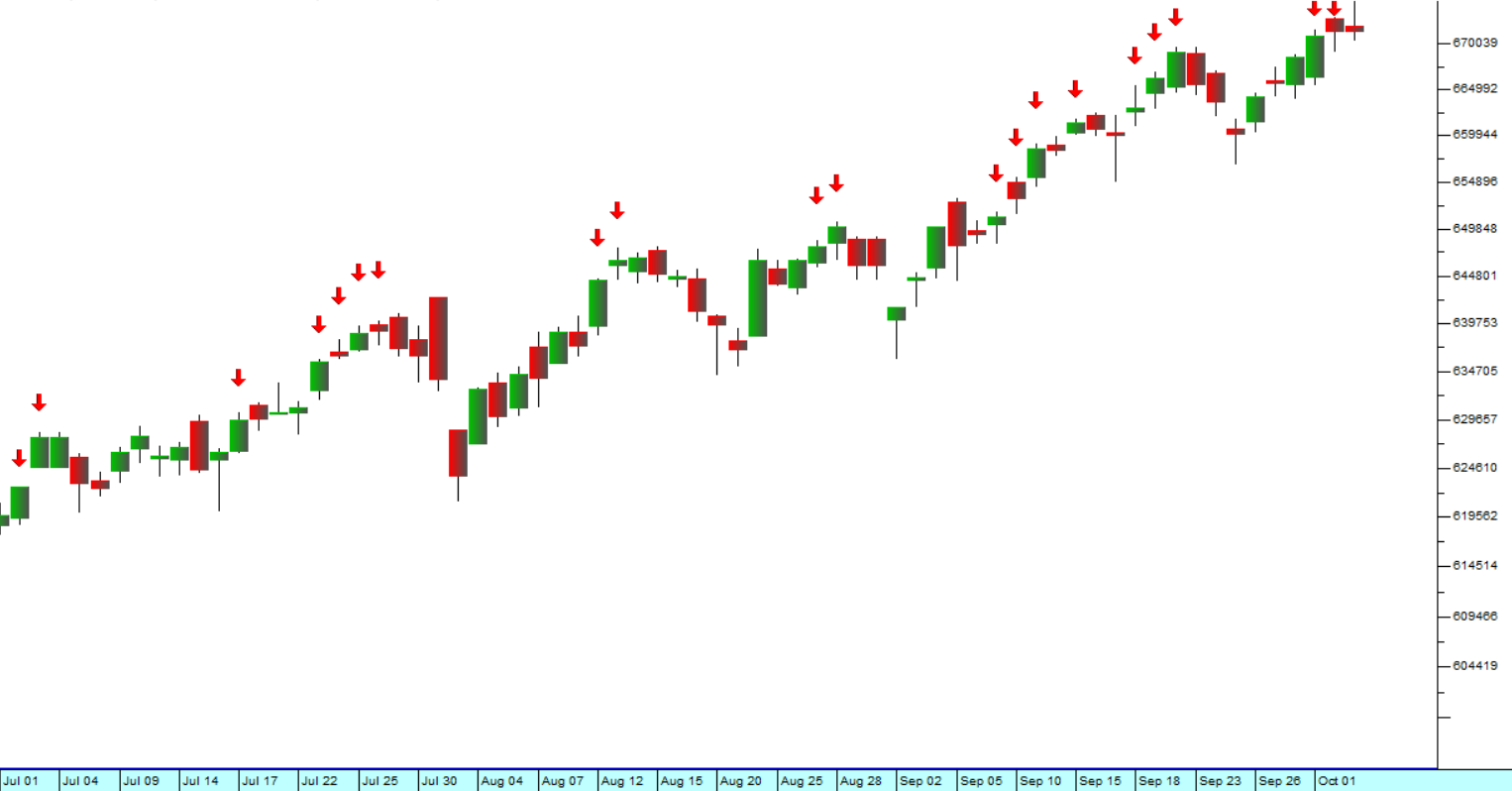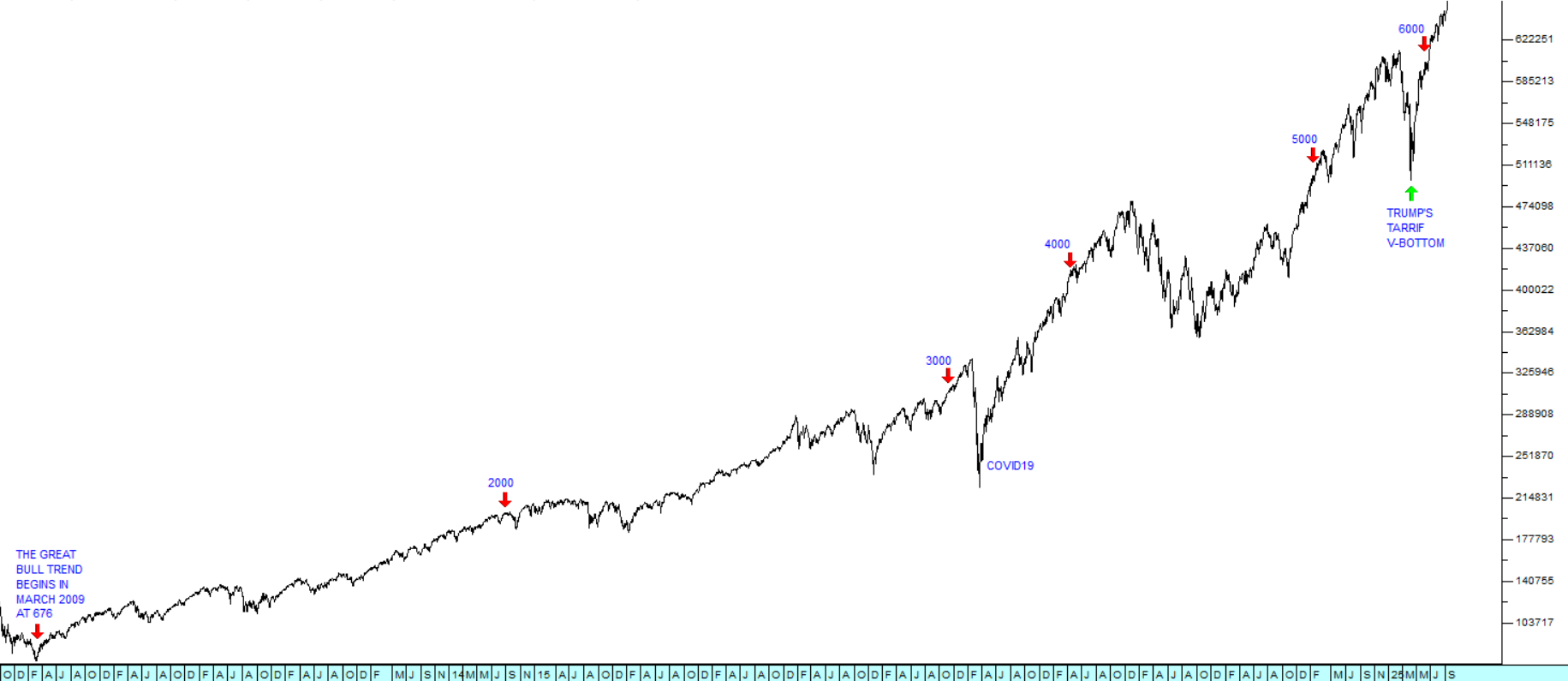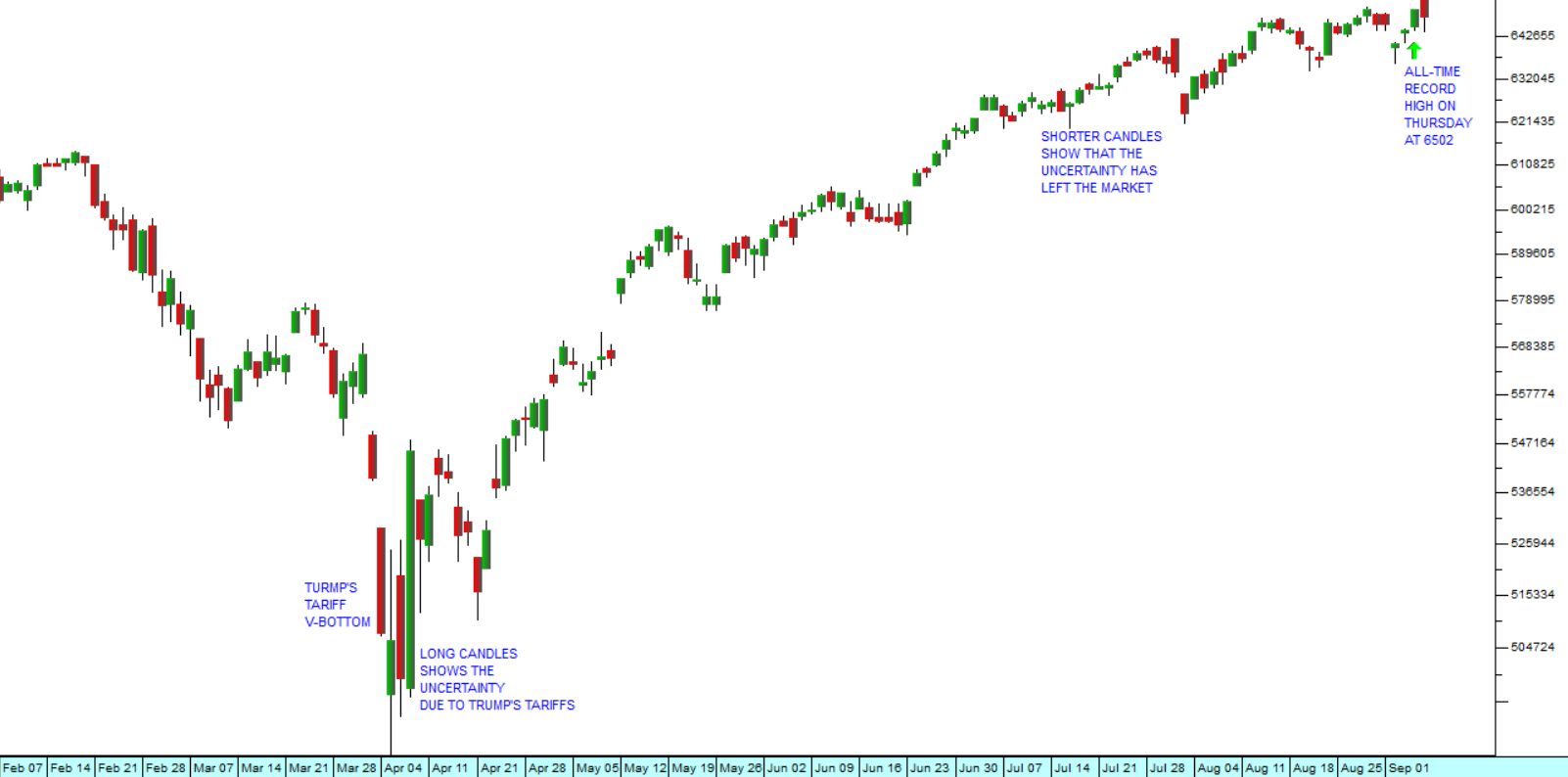Scary Government Debt
19 August 2024 By PDSNETJust like a household or an individual, a country’s government goes into debt because it spends more than it receives in taxes and other revenue. The important difference, of course, is that governments (unlike households or individuals) can actually create money out of nothing to finance their deficit if they choose to. This is known as quantitative easing (Q/E).
In America the level of government debt has reached a staggering $35,16 trillion. This amounts to $104274 for every man, woman and child in America – or $268259 per American taxpayer. Clearly, this is not debt that will ever be repaid by the normal means of reducing government expenditure or increasing taxes. In our view, it can only ultimately be resolved by a deflationary crash similar to what happened in 1929, only on a much larger scale.
We do not believe that a crash is imminent because following the sub-prime crisis Q/E and then COVID-19, governments injected so much cash into the US and world economies that, for the next few years at least, probably “the piper does not have to be paid”. But that does not mean that he never will. In our view, first world countries will eventually have to pay for their excesses. They cannot borrow from the future indefinitely.
Basically, America is like a rich man that has fallen on hard times – it is living off its credit rating, it has a strong aversion to hard work, and it has a penchant for expensive imported products that it can no longer afford. In July month of 2024 alone, the debt increased by a massive $243,7bn – which compares with June’s increase of $71bn. So far this year, the US debt has risen by $1,52 trillion and America will have to pay $763bn just in interest on that debt this year. You can see the rapid growth of the US government debt in real time by going to: https://www.usdebtclock.org/.
It is, however, very difficult to assess the long-term productivity impact of the latest technological advances like artificial intelligence (AI) and humanoid robotics - or the significant reduction in the cost of energy as the world moves rapidly towards renewables and especially solar power. Those technologies could easily and may already be creating the additional wealth necessary to absorb the recent massive increase in the world’s money supply.
Because governments have control over their currencies and can use quantitative easing to increase the money supply to finance debt, the usual method of assessing a country’s debt is by expressing it as a percentage of their annual gross domestic product (GDP). Right now, America’s national debt is expected to be 99% of its GDP and it is expected to rise to 122% of GDP over the next ten years. You should note that as of March 2024 South Africa’s debt to GDP ratio was 74,1%.
Of course, America has one enormous advantage over every other country in the world because their currency, the US dollar is used as an international reserve currency and for about 60% of all international trades. Some countries even use the US dollar instead having their own currency. This means that the US does not have to be as concerned about its debt-to-GDP ratio as other countries. It also means that they can print money using quantitative easing (Q/E) to get themselves out of trouble – at least in the short term.
The problem is that recessions in America have become politically impossible. Reducing government spending or increasing taxes are inherently unpopular measures – so since 2001, no US government has run a surplus. The US budget deficit is now well over 10 times as large as it was in 1987 and 3 times as large as it was in 2001.
In our view, however, there are definitely limits to how far America and other first world countries can continue financing their economic growth in this way. The only possible saving grace might be the potentially huge productivity gains that might come from new technologies and the switch to renewable energy.
So, what are four signs that 1929-style stock market crash is imminent?
- Share prices lose contact with the earnings potential of the companies which they represent. Generally, share prices are linked to the earnings of the company because it is through those earnings that the shareholder can expect to get a return on their investment. When you see share prices across the board rising to absurd levels - hundreds of times their annual after-tax earnings then you know that the whole market is in a very dangerous place. The price:earnings (P:E) ratio of the JSE overall index is now 14,06 and it has been nearly double that level as recently as 2021. Clearly, our shares are not yet over-priced.
- Listings Boom – when the share market is very high there is a great incentive for listed companies to raise capital by selling some of their shares. You will find that there are lots of new companies coming to the market and some of them have no real idea of how they will make money – but over-excited investors buy their shares anyway. The JSE is nowhere near a listings boom. In fact, the number of listings has been declining every year for a long time.
- You will begin to hear some analysts and economists say that, “This time it is different...” They will say things like the fundamental forces in the economy have changed and through clever economics recessions can always be avoided. They will suggest that the stock market will just continue going up. Do not believe them.
- The number of bears in the American market. There are still plenty of bears writing “doom-and-gloom” articles about how the US is approaching a depression and the stock market will collapse by 75%. Peter Berezin of BCA Research is predicting a major sell-off in shares. Stifel’s Barry Bannister says shares will fall from current levels. And there are many others. While there are still bears around you are pretty safe investing in shares. When they become too scared to make their bearish predictions that is the time to get out of the market.
- Once shares have lost contact with company earnings and the market is still rising, foolish investors buy shares despite their lack of fundamental value on the grounds that a bigger fool than them will buy them back later at a much higher price. I call this the “bigger fool” stage of a great bull market. We saw it at the peak of the 1998 dot-com boom.
I have witnessed every major bear market going back to 1969 and I have studied all the previous bear markets right back to the 1907 bear trend. In my view we are not yet at a critical point in this market. Share prices are just not high enough yet. They are still very responsive to company earnings. What we are seeing cannot yet be described as a “blow-off”. But the seeds of that blow-off have been sown and in time they will come to fruition.
DISCLAIMER
All information and data contained within the PDSnet Articles is for informational purposes only. PDSnet makes no representations as to the accuracy, completeness, suitability, or validity, of any information, and shall not be liable for any errors, omissions, or any losses, injuries, or damages arising from its display or use. Information in the PDSnet Articles are based on the author’s opinion and experience and should not be considered professional financial investment advice. The ideas and strategies should never be used without first assessing your own personal and financial situation, or without consulting a financial professional. Thoughts and opinions will also change from time to time as more information is accumulated. PDSnet reserves the right to delete any comment or opinion for any reason.
Share this article:
